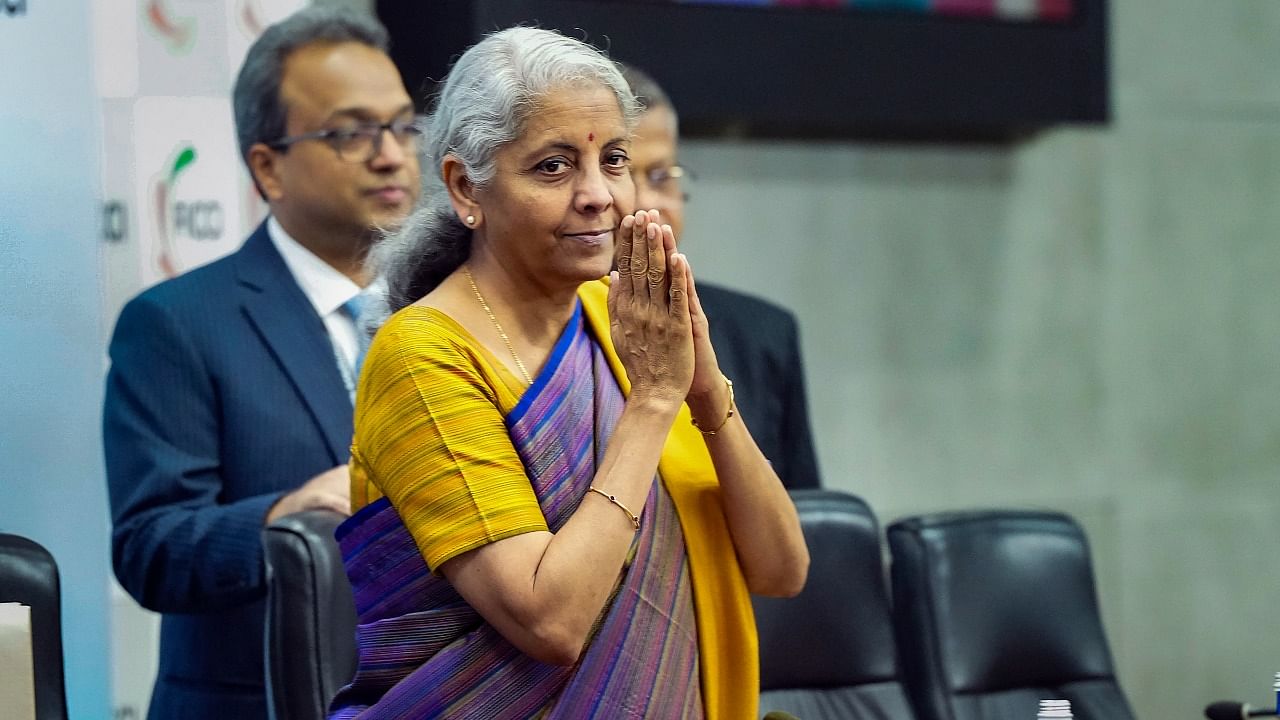
A fine balance between political ambition and economic reality is how Union Budget 2023, presented by Finance Minister Nirmala Sitharaman on February 1 in Parliament, can be summed up.
It was the last full budget of the second Narendra Modi-led National Democratic Alliance (NDA) government before the next Lok Sabha elections, which is 14 months away. This makes it a politically significant Budget. Another factor is that this year elections are expected to take place in nine states — Tripura, Meghalaya, Nagaland, Karnataka, Madhya Pradesh, Rajasthan, Telangana, Chhattisgarh, and Mizoram.
Though not a transformative Budget, it seems to have been carefully drafted with the aim of keeping the economy intact, and remaining on the path of fiscal discipline.
The defining feature of the Budget is the 33 per cent increase in the capital expenditure from Rs 7.5 trillion to Rs 10 trillion, which will account for 3.3 per cent of the GDP. It is widely expected that the spending will result in the creation of jobs, and the revival of growth in the aftermath of the Covid-19 pandemic. The continuous increase in the capital expenditure has been a significant feature of the NDA government’s Budget for the past few years.
Sitharaman called it the first Budget of ‘Amrit Kaal’ (meaning golden era), a term used by Modi in his 2021 Independence Day speech to define the 25-year period from 2022 to 2047, when India will celebrate 100 years of Independence.
Former Congress President Rahul Gandhi was quick to dub it “Mitr Kaal” (a golden age for friends) in an apparent reference to his repeated accusation that the Modi government is working to serve the interests of a few rich industrialists, such as Mukesh Ambani and Gautam Adani.
That said, there are also indications that more announcements will be coming in the run up to the next Lok Sabha elections. That is why the government has sought to delink the fiscal calendar from the electoral calendar. Over the years it has been seen that this NDA government increases its budget estimates as the year progresses.
That doesn’t mean the upcoming elections haven’t been kept in mind while drafting the Budget. There are several measures aimed at farmers, the salaried middle-class, women, and senior citizens.
The ruling Bharatiya Janata Party (BJP) realises the impact of the middle-class and women on the electoral outcomes. The disenchantment of the middle-class with the Congress saw the decimation of the grand old party in 2014 and afterwards.
In this Budget, the government has increased tax rebates for the middle-class. In addition to this, there has been a new saving scheme for women, the ‘Mahila Samman Saving Certificate’ with a fixed interest rate of 7.5 per cent for two years.
The middle-class and women have strongly rallied behind Modi in the last two Lok Sabha elections in 2014 and 2019. It has also been seen that the number of women voters has increased in the recent elections. According to a joint study conducted by the New Delhi-based Centre for Policy Research and the University of Oslo, a significant chunk of women voters supported the BJP in the assembly elections in Uttar Pradesh, Uttarakhand, Goa, and Manipur, held in March.
While the allocation for the rural jobs scheme (Mahatma Gandhi National Rural Employment Guarantee Scheme) has been slashed by 33 per cent to Rs 60,000 crore, there is a big push for rural housing. Under the rural housing scheme (the Pradhan Mantri Awas Yojana-Grameen), 21.1 million of the targeted 29.5 million houses to be built by March 2024 have been constructed by December 15, 2022.
The official explanation on the cut in the MGNREGA allocation is that it is a demand-driven scheme, and the government can allocate additional funds any time through supplementary demands of grants. This rural employment scheme was a major reason why the Congress-led United Progressive Alliance (UPA) returned to power in 2009.
In a major outreach to the Scheduled Tribes (STs) ahead of the assembly elections in tribal-dominated states in the North-East, the Budget allocates Rs 15,000 crore for the welfare of the community.
However, the cut in the allocations for the agriculture sector, such as the food subsidy drew sharp criticism from farmers’ organisations.
The BJP has been trying hard to win over the farmers who had raised a banner of revolt against the three agriculture laws, which were subsequently withdrawn after a year-long agitation.
Union Budget 2023 might have secured high marks from analysts, but will it get a thumbs-up from voters in poll-bound states remains to be seen.
(Aurangzeb Naqshbandi is a senior journalist who has been covering the Congress for 15 years, and is currently associated with Pixstory.)
The views expressed are the author's own. They do not necessarily reflect the views of DH.